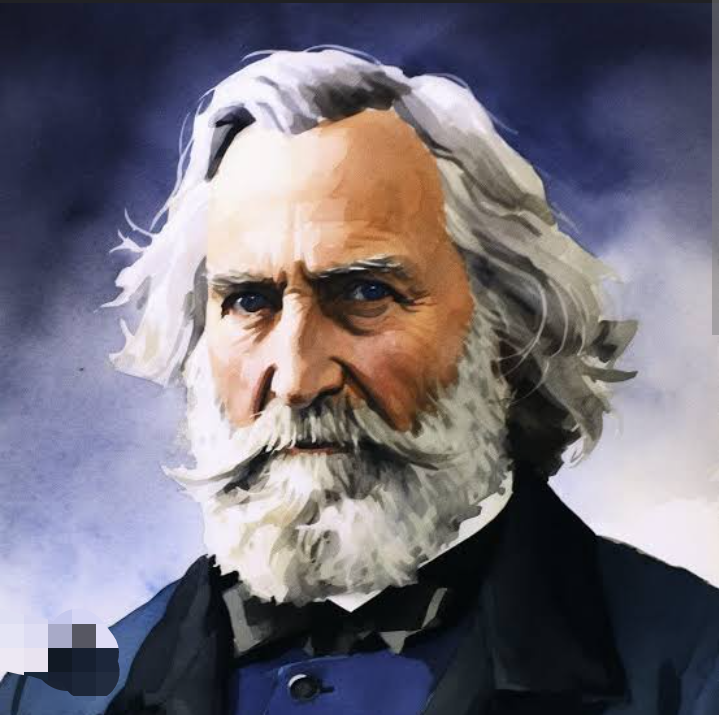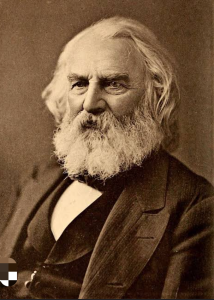Henry Wadsworth Longfellow Biography, Early Life, Career, Family Life, Works, Salary, Net Worth, Legacy, and More

Henry Wadsworth Longfellow Biography, Early Life, Career, Family Life, Works, Salary, Net Worth, Legacy, and More

Henry Wadsworth Longfellow, one of America’s most beloved poets, left behind an enduring legacy that continues to captivate readers around the world. From his notable poems like *Paul Revere’s Ride* to his status as a cultural icon, Longfellow’s influence on American literature is undeniable. In this article, we will explore the life, works, and impact of this remarkable man—focusing on his biography, family, personal life, and more.
Early Life of Henry Wadsworth Longfellow
Born on February 27, 1807, in Portland, Maine, Henry Wadsworth Longfellow showed an early passion for literature and the arts. Coming from a prominent family, his father was a lawyer, and his mother came from a distinguished background. As a child, Longfellow was educated at home before attending Bowdoin College in 1822, where he formed lasting friendships with future writers like Nathaniel Hawthorne.
His love for poetry began to bloom during his time at college, where he was known for his intellectual curiosity. After graduating in 1825, Longfellow pursued studies in Europe, particularly in languages, which significantly influenced his literary career. His travels to places like Germany and Spain enriched his understanding of different literary traditions and helped shape his poetic style.
Henry Wadsworth Longfellow’s Career
Henry Wadsworth Longfellow’s career can be divided into multiple phases, starting with his role as a scholar. Upon returning from Europe, he was appointed as a professor of modern languages at Bowdoin College. His academic career laid a strong foundation for his literary pursuits, with teaching stints at Harvard College following his move to Cambridge, Massachusetts.
In the mid-19th century, Longfellow transitioned into full-time writing. His poetic voice resonated with the American public, who were in search of a literary figure who could express the growing American identity. Some of his most famous works include Evangeline (1847), The Song of Hiawatha (1855), and *The Courtship of Miles Standish* (1858).
Longfellow’s works combined themes of American history, folklore, and universal human experiences, often with an accessible and rhythmic style. His unique ability to capture both personal emotion and collective history earned him widespread acclaim.
Henry Wadsworth Longfellow’s Family Life
Henry Wadsworth Longfellow’s personal life was marked by both happiness and heartache. In 1831, he married Mary Storer Potter, but tragically, she passed away from a miscarriage only three years later. In 1843, Longfellow married Frances Appleton, the daughter of a wealthy Boston industrialist. The couple had six children, and Longfellow’s life with Frances was marked by love and contentment.
However, tragedy struck again in 1861 when Frances died in a fire, an event that devastated Longfellow. He was so deeply affected by her passing that he stopped writing poetry for a period of time. The memory of his late wife and the pain he endured from losing her became themes in some of his later works, particularly in poems about love, loss, and resilience.
Henry Wadsworth Longfellow’s Legacy: More Than Just a Poet
Longfellow’s impact extended far beyond the world of poetry. He became a symbol of American culture and a voice for its values. His works captured the American spirit, and during his lifetime, he was celebrated both in the United States and abroad. In fact, he became one of the first American authors to be translated into foreign languages, gaining popularity in Europe.
Longfellow’s legacy is not limited to his written works. He helped elevate the role of the poet in society, making literature accessible and appreciated by the masses. His poems were recited at public events, and his works were taught in schools for generations. He was a literary pioneer, introducing themes of unity and patriotism at a time when the United States was still grappling with its identity.
His contributions were not only artistic but also intellectual. Longfellow was deeply involved in social causes, including the abolition of slavery, and his works advocated for social justice and the betterment of society.
Henry Wadsworth Longfellow’s Net Worth and Salary
During his lifetime, Henry Wadsworth Longfellow was highly regarded and financially successful. His popularity meant he earned a comfortable living, both from his academic career and the sales of his books. By the mid-1800s, Longfellow had become one of the best-paid and most popular authors in America. His earnings allowed him to live comfortably, and his family was well-supported.
In terms of his net worth, it’s difficult to estimate an exact figure, but it is believed that he accumulated wealth from his literary success, teaching positions, and the publication of numerous works. In addition, he was financially secure enough to afford a large home in Cambridge, where he would spend much of his later life.
Henry Wadsworth Longfellow’s Age and Height
While not much emphasis is placed on his physical characteristics, some biographical details provide insight into Longfellow’s appearance. He was known to be a tall man, standing at about 6 feet 1 inch. Throughout his life, Longfellow’s age became a point of reflection in his works, particularly in his later years, when themes of aging and mortality appeared more frequently in his poetry.
Longfellow passed away on March 24, 1882, at the age of 75, after suffering from complications related to a stroke. His death marked the end of an era in American literature, but his poems continue to resonate with readers today.
Henry Wadsworth Longfellow’s Religious Beliefs
Henry Wadsworth Longfellow’s religious beliefs were rooted in Unitarian Christianity. He was a devout man who believed in the goodness of humanity, the importance of moral behavior, and the need for compassion in daily life. Though he faced many tragedies, his faith provided him with a sense of purpose and solace. His religious views are reflected in much of his work, which emphasizes universal themes of love, peace, and understanding.
Henry Wadsworth Longfellow’s Works
Longfellow’s body of work is vast, encompassing poetry, drama, and translations. Among his most famous poems are The Song of Hiawatha, which celebrated Native American culture, and Paul Revere’s Ride, which became one of the most enduring pieces of American folklore. His ability to mix narrative style with poetic form made his works accessible to a wide audience, and many of his poems are still studied and admired today.
Longfellow also wrote several volumes of poetry, essays, and even plays. His talents were not limited to the written word, as he often gave public readings of his poetry, further cementing his status as a literary icon.
Conclusion
Henry Wadsworth Longfellow’s life story is one of triumph, tragedy, and artistic brilliance. Through his poetry, his dedication to social justice, and his profound understanding of the human experience, he became a cherished figure in American history. His works continue to inspire and educate readers, and his legacy remains an integral part of American culture.
Whether through his family life, his academic career, or his poetic contributions, Longfellow’s influence is undeniable. Today, his name is synonymous with American literature, and his works continue to be read and celebrated by generations of readers across the world.




